vertebroplasty
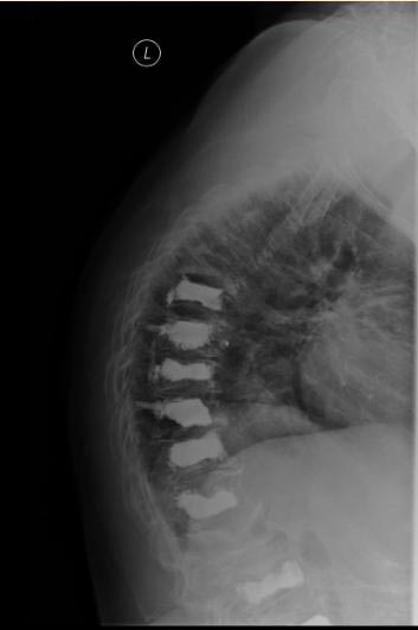
Vertebroplasty
& Kyphoplasty • Multiple myeloma - Ganzer Fall bei Radiopaedia
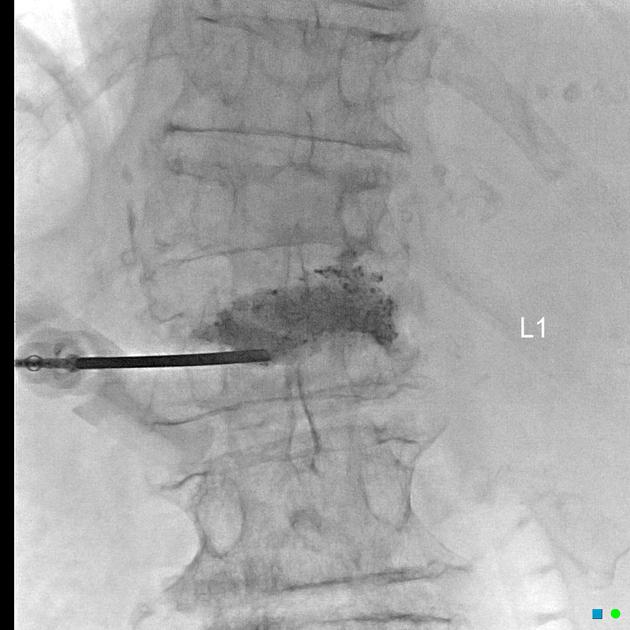
Vertebroplasty
& Kyphoplasty • Percutaneous vertebroplasty - Ganzer Fall bei Radiopaedia
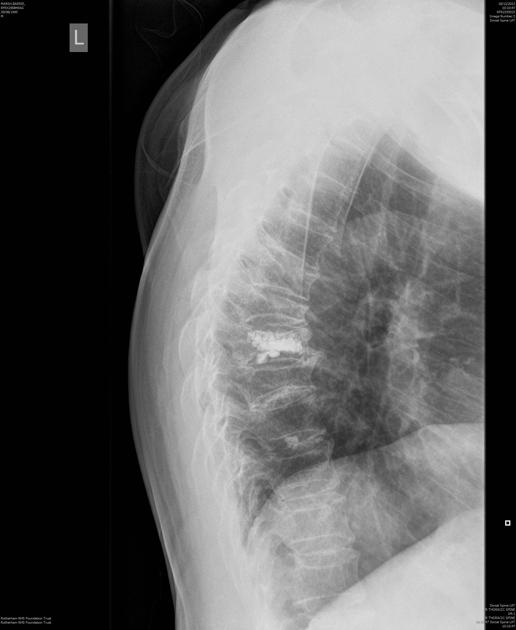
Vertebroplasty
& Kyphoplasty • Vertebroplasty - Ganzer Fall bei Radiopaedia
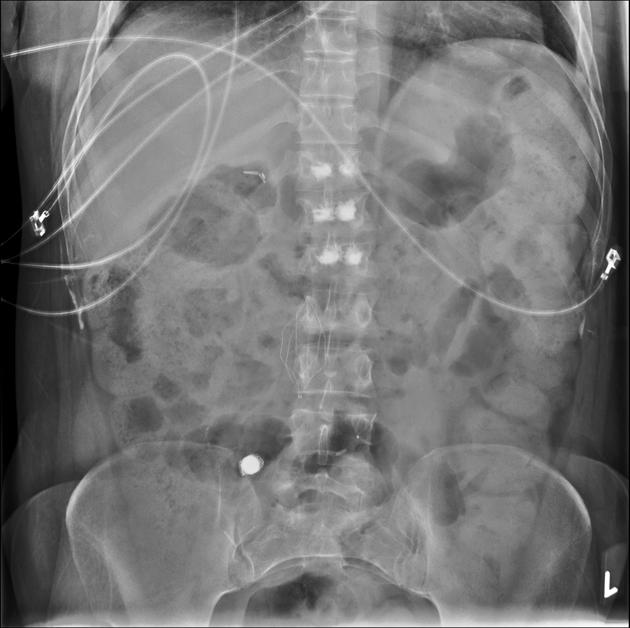
Vertebroplasty
& Kyphoplasty • Capsule endoscopy and IVC filter on abdominal x-ray - Ganzer Fall bei Radiopaedia
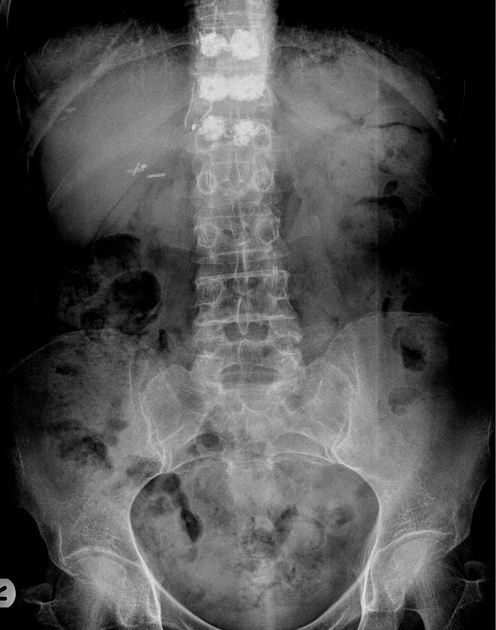
Vertebroplasty
& Kyphoplasty • Extravasation of cement into paravertebral veins in percutaneous vertebroplasty - Ganzer Fall bei Radiopaedia
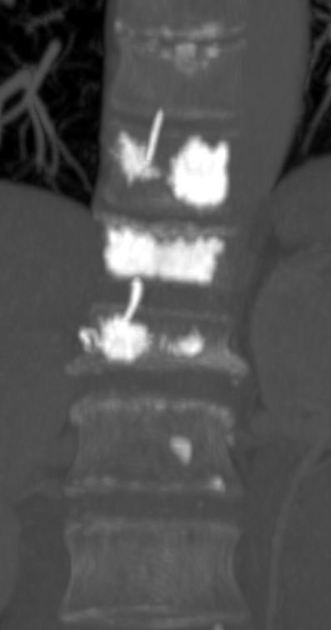
Vertebroplasty
& Kyphoplasty • Extravasation of cement into paravertebral veins in percutaneous vertebroplasty - Ganzer Fall bei Radiopaedia
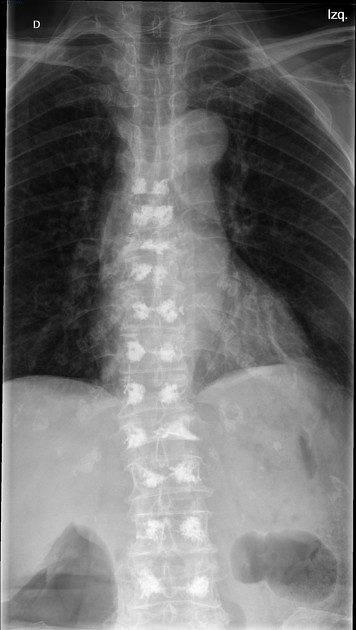
Vertebroplasty
& Kyphoplasty • Multilevel vertebroplasty for osteoporotic crush fractures - Ganzer Fall bei Radiopaedia
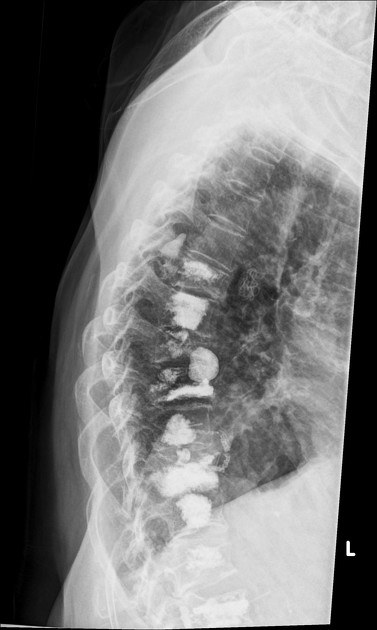
Vertebroplasty
& Kyphoplasty • Vertebroplasty - Ganzer Fall bei Radiopaedia
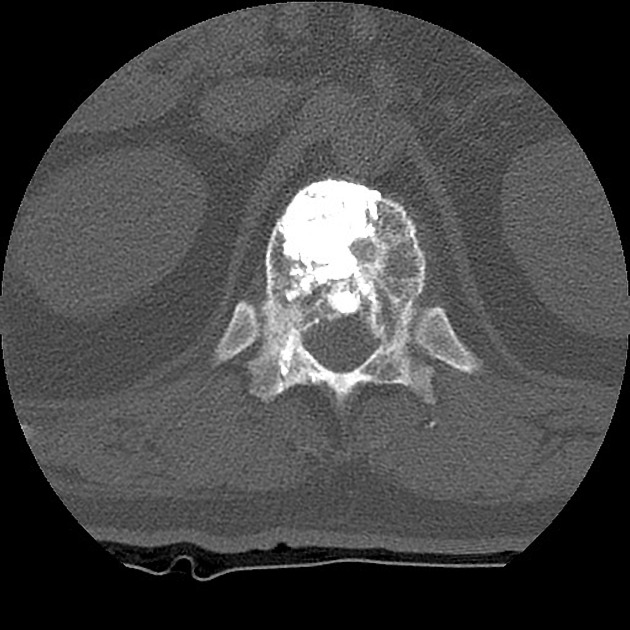
Vertebroplasty
& Kyphoplasty • Bone cement vertebroplasty - Ganzer Fall bei Radiopaedia
Vertebroplasty is an imaging-guided procedure which entails percutaneous injection of surgical polymethylmethacrylate (PMMA) cement into a diseased vertebral body. Vertebroplasty provides pain relief and strengthening of the bone of vertebrae weakened by disease.
Indications
It can be used as a treatment or as a palliative measure for:
- insufficiency fracture
- aggressive hemangioma
- vertebral multiple myeloma
- vertebral metastases
Contraindications
Absolute contraindications
- septicemia
- active osteomyelitis of the target vertebra
- uncorrectable coagulopathy
- allergy to bone cement or opacifying agent
Relative contraindications
- radiculopathy beyond local vertebral pain, caused by a compressive syndrome unrelated to vertebral collapse
- occasionally, preoperative vertebroplasty can be performed before a spinal decompressive procedure
- retropulsion of a fracture fragment or epidural tumor extension causing signs and symptoms of neurological compromise
- current systemic infection
- patient improving on medical therapy
- prophylaxis in osteoporotic patients
- myelopathy or cauda equina syndrome originating at the fracture level
Complications
- leakage of vertebroplasty
- compression of adjacent structures
- inferior vena cava syndrome
- cement extravasation
- extravasation into paravertebral veins
- cement pulmonary embolism
Siehe auch:
- pulmonale Zementembolie
- vertebrale Metastasen
- Hämangiom
- Multiples Myelom
- Insuffizienzfraktur
- Kyphoplastie
und weiter:
- Fremdmaterial im Röntgenbild des Thorax
- thorakale Implantate / Devices
- abdominelle Implantate
- pulmonary embolism after percutaneous vertebroplasty
- nicht verkalkte hyperdense Lungenherde
- spinale Metastasen
- intraossäres Hämangiom
- perkutane Augmentation von Wirbelkörperfrakturen
- abdominelle Implantate und Devices
- spinale Interventionen

 Assoziationen und Differentialdiagnosen zu Vertebroplastie:
Assoziationen und Differentialdiagnosen zu Vertebroplastie:





